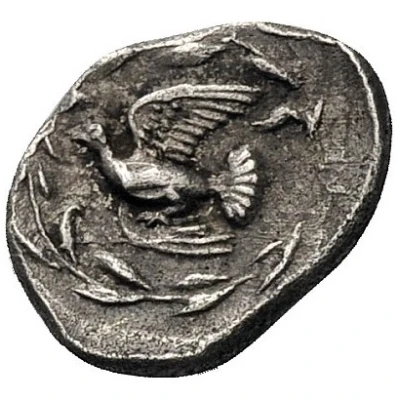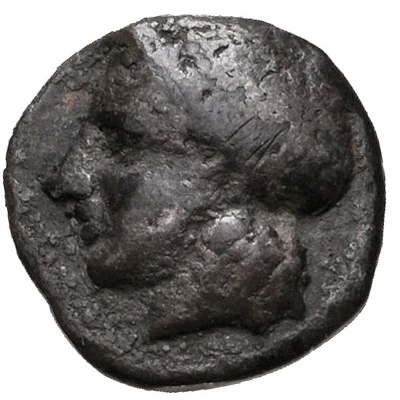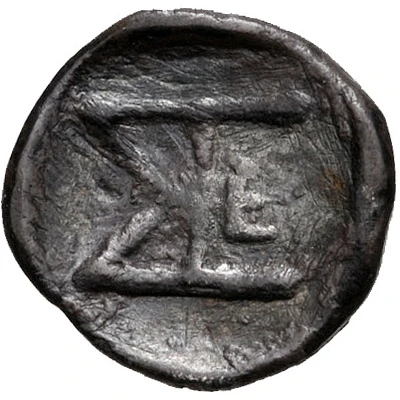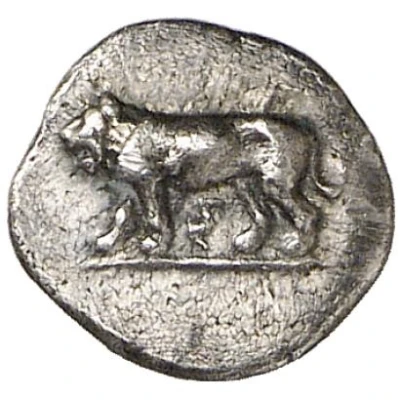
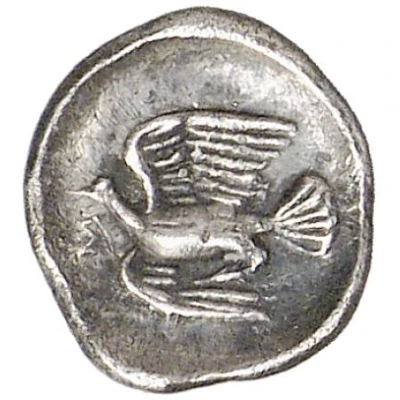

© Nomos AG
Hemiobol 431 BC - 400 BC
| Silver | 0.46 g | - |
| Issuer | Sikyon (Sikyonia) |
|---|---|
| Type | Standard circulation coin |
| Years | 431 BC - 400 BC |
| Value | Hemiobol (1⁄12) |
| Currency | Drachm |
| Composition | Silver |
| Weight | 0.46 g |
| Shape | Round (irregular) |
| Technique | Hammered |
| Demonetized | Yes |
| Updated | 2024-10-10 |
| Numista | N#173849 |
|---|---|
| Rarity index | 100% |
Reverse
Dove flying left and to the left the letter Σ
Interesting fact
The Hemiobol coin from Sikyon was used as a form of currency in ancient Greece during the 5th century BC. It was made of silver and weighed approximately 0.46 grams. Despite its small size, the Hemiobol was an important coin in ancient Greece, as it was widely used for trade and commerce. In fact, the Hemiobol was one of the most widely used coins in ancient Greece, and it was often used to pay for small transactions, such as buying food or other everyday items. It's interesting to note that the Hemiobol coin from Sikyon was also used as a form of artistic expression. The coin features an image of a mythical creature called a "sphinx," which was a creature with the body of a lion and the head of a woman. The image of the sphinx on the Hemiobol coin is considered to be one of the most well-known and iconic images from ancient Greek art. Overall, the Hemiobol coin from Sikyon is an important piece of history that provides insight into the culture, trade, and art of ancient Greece.

